Comparing Air Purification Technologies: What You Need to Know
Air purification technologies are an important part of any air quality management system. The use and effectiveness of these systems have grown over time, as the need for clean air increases. There are several different types of air purification technologies to choose from; each with its own strengths and weaknesses. This blog post will compare three popular air purification technologies: UV lights, ionization or plasma systems, and filter air purifiers.
We’ll start by discussing how each technology works before going into what they’re best at removing from the environment. We’ll also talk about cost ownership for each type of technology so you can figure out which combination is right for your business!
How Each Technology Works
UV Lights:
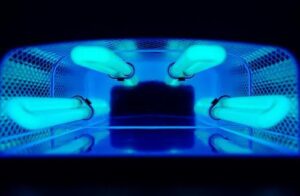 UV light sources, or UV lamps, emit ultraviolet C (UV-C) light at wavelengths which is the most effective for affecting airborne mold, bacteria viruses, spores, and other pathogens.
UV light sources, or UV lamps, emit ultraviolet C (UV-C) light at wavelengths which is the most effective for affecting airborne mold, bacteria viruses, spores, and other pathogens.
UV light is a form of electromagnetic energy (light) that is invisible to the naked eye. The most common source of UV light is the sun. There are three types of UV light: UV-A, UV-B, and UV-C. UV-A light has the widest wavelength range, 315-400nm, and UV-C light has the shortest wavelength range, from 100-280nm.
Since UV-C light has the shortest wavelength, it also has the most energy and is the most effective on germs.
UV-C light affects germs by attacking the organism’s DNA. DNA is made of 4 nucleotides: adenine (A), thymine (T), guanine (G), and cytosine (C). When UV light hits DNA, it breaks the DNA nucleotides, creating errors in the strings of DNA making it unable to reproduce and die. Humans have self-repair mechanisms to minimize UV destruction, but most viruses and bacteria do not because they are simple organisms, and the UV light breaks their DNA and renders them inactive.
For UV lights to be effective the air must be exposed to the UV light. UV lights can only affect organisms that are exposed directly to the light.
Ionized or Plasma Systems:
Ionized air is created by a process that uses electricity by putting an electrical charge on the air molecules. These charged air molecules will bind to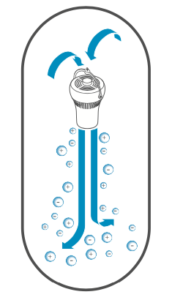 organisms and disrupt the pathogens’ surface proteins, rendering them inactive and unable to replicate leaving only clean air for you to breathe.
organisms and disrupt the pathogens’ surface proteins, rendering them inactive and unable to replicate leaving only clean air for you to breathe.
Naturally occurring ions are everywhere in the outdoors, and they are constantly working to clean the air. Ions are created with energy from rushing water,crashing waves, and even sunlight.
Plasma systems create a high-energy plasma field, which generates ions. Ionized air can be circulated throughout a room effectively rendering viruses, bacteria, molds, and other pathogens inactive.
Ionized air can reduce odors too by breaking down chemical, pet, cooking, and other odors into basic harmless compounds, leaving indoor air smelling fresh and substantially reducing odor-causing Volatile Organic Compounds (VOCs).
Filter Systems:
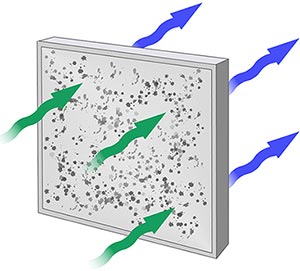 Filters, and especially HEPA filters, are very effective for removing allergens such as bacteria, mold spores, dust mite particles, and pet dander from the air preventing them from being circulated throughout the room.
Filters, and especially HEPA filters, are very effective for removing allergens such as bacteria, mold spores, dust mite particles, and pet dander from the air preventing them from being circulated throughout the room.
Filters come in all sizes and shapes, but the best for removing organisms in the air is HEPA filters. HEPA stands for High-Efficiency Particulate Air and is a specific class of filters. They are designed to trap 99.97 percent of particles that are 0.3 microns in size. 0.3 microns is considered the most penetrating particle size making it the most dangerous. Particles larger or smaller are not as dangerous but are also captured by HEPA filter systems.
Filters do not kill organisms, they merely trap them, so they do not circulate around the room. Filters of this type require a fan or vacuum system to draw the room air into and through the filters to capture the particulates.
Bacteria, viruses, molds, and other pathogens are typically 0.2-2.0 microns and are trapped by the HEPA filters preventing them from circulating. While some organisms are smaller than the 0.3 micron spec, in actuality, the smaller particles are trapped by the filters because of a phenomenon called Brownian Motion. Brownian Motion states that very small particles behave more randomly and will bounce wildly around and eventually be trapped by the HEPA filter material.
So while the HEPA filter specification is 0.3 micron the reality is they capture particles much smaller and are therefore effective in removing pathogens from the air.
Pros and Cons of Each Technology:
UV Lights:
Pros:
UV lights are effective at reducing pathogens in the air. They are low-cost and easy to deploy in a room. They do not require any special equipment or power, just standard wall electricity. They are quiet and can be placed in convenient locations throughout a room or building.
Cons:
The biggest drawback to using UV lights to purify room air is that to work well the pathogens need to be exposed to the UV light for some period of time. Air circulated through the system and exposed to the UV light will not sufficiently affect organisms the first time. UV-C light is dangerous, so the light bulbs are shielded in an enclosure and the air is brought in and exposed to the light. The air will need to be circulated multiple times before the organisms are exposed to the UV light long enough to destroy them.
A second disadvantage is the UV light bulbs will burn out over time and the replacement cost increases the cost of ownership.
Another concern is UV systems may emit varying levels of ozone. Ozone can cause respiratory issues for some people.
Ionized or Plasma Systems:
Pros:
Ionized systems require little to no power and can be used anywhere. They are also very effective at rendering pathogens inactive, eliminating odors, and have a long lifespan making them the lowest cost of ownership for air purification technologies.
There are no harmful side effects to deal with. No ozone or dangerous UV light. There are no parts to maintain or components to change routinely. Ionization is a set-and-forget system that works continuously to keep your room clean.
And since the ionized air is circulated with a fan it will affect pathogens throughout the room getting into all the little nooks and crannies to thoroughly clean everything in the room.
Cons:
While the room may be organism free the inactive organisms are not removed. Additionally, these units may have higher-powered fans to move the air more efficiently that could be noisier than other options.
Filter Systems:
Pros:
Filters are effective at removing allergens, mold spores, and viruses from the air so they are not circulated after they are captured.
Cons:
Filter systems remove the pathogens, but they do not kill them. They are captured in the filters and need to be disposed of routinely to keep your room clean.
Second, because all the room air needs to go through the filter system these units take some time to clean an entire room. They also cannot affect organisms attached to surfaces in the room.
Additionally, the filters need to be changed routinely and this adds to the time and cost of ownership required to keep these units running at their peak performance.
Cost of Ownership:
Cost of ownership: the cost for air purification technologies varies depending on the type, size, and location in which it is installed. For example, a UV light installation could range from $300 to $1500 while ionized or plasma systems would start at around $700 and a HEPA filter would cost about $100-$200 but can easily reach $900-$1200.
Conclusion:
When it comes to air purification technologies, there are a number of options. All types have benefits and drawbacks so the right choice for you will depend on your specific needs or preferences. For full room, continuous disinfection ionization systems are the only technology that will clean the air AND the surfaces continuously.
If cost is your primary concern, then ionized systems may be the best option because they require only wall power and can work anywhere–there’s also no need for filters or bulbs which saves time and money in maintenance costs over time.
It pays to do some research before deciding about what type of technology would work best in your business environment and you may find a combination of systems to be most effective.

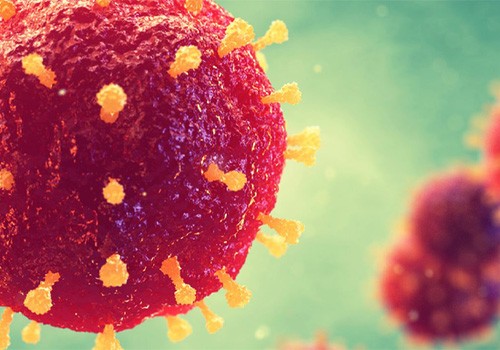
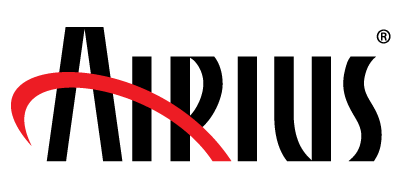
Leave A Comment
You must be logged in to post a comment.